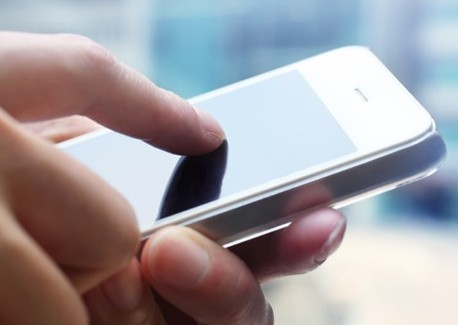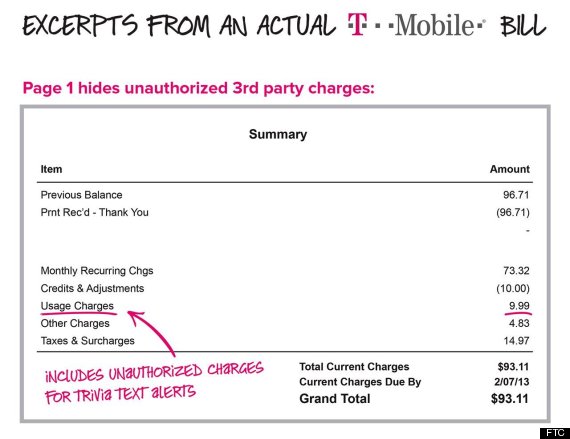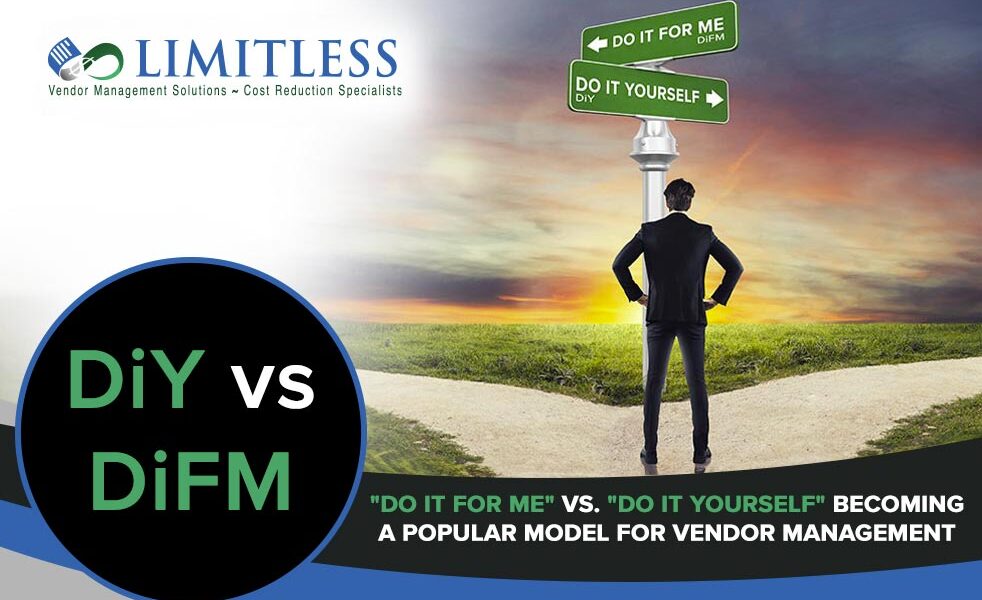Just released last month –
The FCC, along with the CFPB and state attorneys general, announced that Verizon Wireless will pay $90 million and Sprint Corporation will pay $68 million to settle investigations that revealed the companies billed customers millions of dollars in unauthorized third-party premium text messaging services.
With these two cramming cases, the FCC, working together with the Consumer Financial Protection Bureau, the Federal Trade Commission, and states’ attorneys general has brought a total of $353 million in penalties and restitution against the U.S.’s four largest wireless carriers, structuring these settlements so that $267.5 million of the total will be returned to affected customers. (Federal Communications Commission, May 12, 2015)
Are you a victim to cramming?
Some third-party billing is legitimate, such as charges for AOL, DirecTV, and Dish Network. But if you’ve been billed for voice mail, e-mail, Web hosting, or other services from unfamiliar companies that you didn’t order, you’ve been crammed. This can easily occur when you respond to an unfamiliar text message or purchase something online where the information is stored and charged by a third party in the background. Your phone number is used like a credit card number for vendors. Crammers can even place a charge on your phone bill by just having an active telephone number, which can be obtained from a telephone directory. Cramming often goes undetected as very small “mystery charges” – sometimes only $1, $2, or $3 – to thousands of consumers. Crammed charges can remain on bills for years. Consumers could be losing $2 billion to cramming each year.
How to recognize these charges on your telephone bill.
The FTC posted an example of a bill from a T-Mobile customer that was hit with one of these so-called “cramming” charges, in this case for trivia-based text messages. When this customer viewed his or her bill online, the charge was buried under vague and inscrutable categories like “Usage Charges” and “Premium Services.”
How to protect yourself.
1. The most important way to protect yourself is to make it a habit to check all charges on your phone bill each month for products and services you haven’t ordered. Some charges may appear only once; others might be “subscription” charges that show up every month. Keep an eye out for generic-sounding services and fees like Min. Use Fee, Activation, Member Fee, or Subscription; as they may be services you haven’t ordered. Look for charges titled “service fee, “service charge”, “other fees”, “voicemail”, “mail server”, “calling plan” and “membership”. Look for charges that appear every month without a clear explanation.
2. Contact your provider and ask them for an explanation. Express your concern about the charges and ask to have any incorrect charges removed.
3. If you decide to download apps or shop by smart phone, use your credit card instead of having the cost put on your phone bill.
4. Unsolicited text messages could be sign of a scam. A text message from someone you don’t know could be a signal that you might be signed up for a service you didn’t order or agree to.
5. Ask your phone carrier about services it offers to block third-party charges. Mobile phone carriers allow third-parties to place charges on your phone bill. Many carriers offer this third-party blocking service for free.
407-330-4466






